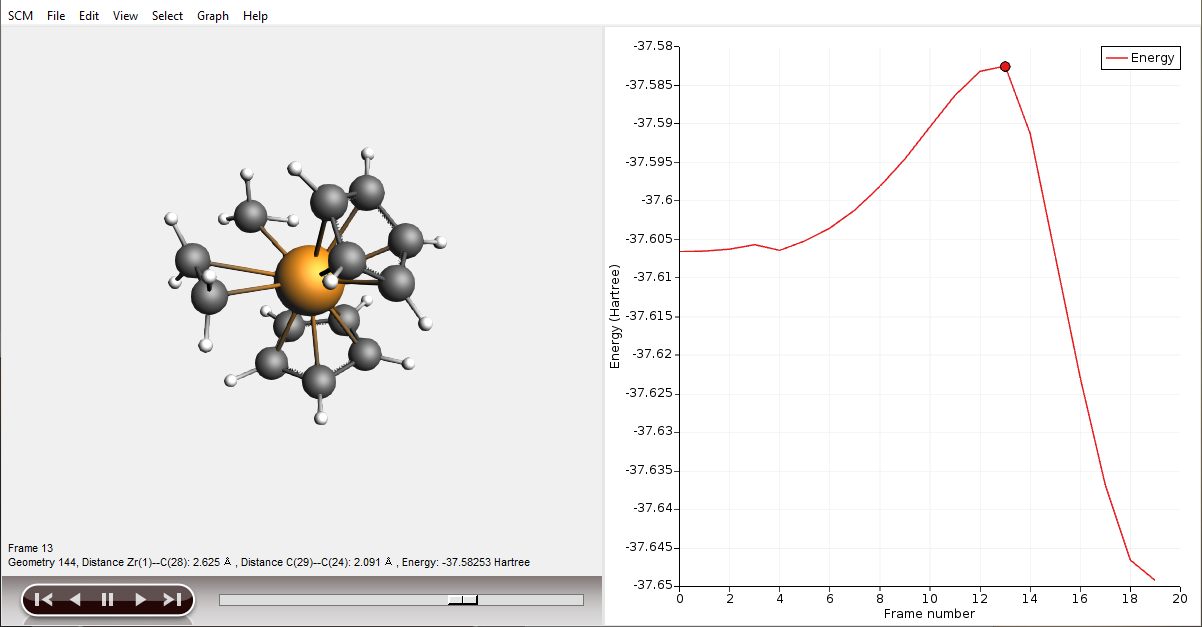

Meanwhile, in 1976, Pulay was visiting Boggs at the University of Texas, Austin and Simultaneously, in the 1980s, MOLPRO was extended and mostly rewritten by Hans-Joachim Werner, Peter Knowles and Meyer's coworkers. In the 1970s, the current version of MOLPRO added a number of advanced methods such as multiconfiguration self-consistent field (MC-SCF) and internally contracted multireference configuration interaction (MR-CI). Then, Meyer named it “ MOLPRO” and used Gaussian lobe basis sets.
#Gaussian software relaxed potential energy scan code
The first version of the code was completed in 1969 at Max-Planck institute and University of Stuttgart. However, they were able to do it for unrestricted (UHF) and restricted open-shell (ROHF) methods in 1970. At that time, analytical gradients were limited to closed-shell Hartree-Fock wavefunctions. Pulay was interested in implementing gradient geometry optimization, analytical energy derivatives (force), and force constant calculations via the numerical differentiation of analytical forces, while Meyer enthused about the coupled-electron pair approximation (CEPA), spin density calculation, and extremely accurate correlation methods like pseudonatural orbital-configuration interaction (PNO-CI). Pulay and Meyer had slightly different interests.

The main purpose was to establish new ab initio techniques. They both were at the Max-Planck Institute for Physics and Astrophysics in Munich when they began to write a new ab initio program. The origin of PQS program was developed by Meyer and Pulay in the late 1960s. This code includes many other post Hartree–Fock methods: MP2, MP3, MP4, CISD, CEPA, QCISD and so on. Recently, a highly efficient parallel CCSD(T) code for closed shell systems has been developed. It includes many other capabilities including Density functional theory, the semiempirical methods, MINDO/3, MNDO, AM1 and PM3, Molecular mechanics using the SYBYL 5.0 Force Field, the quantum mechanics/molecular mechanics mixed method using the ONIOM method, natural bond orbital (NBO) analysis and COSMO solvation models.

Its strong points are geometry optimization, NMR chemical shift calculations, and large MP2 calculations, and high parallel efficiency on computing clusters. There is a reduction in cost for academic users and a site license. Its roots go back to the first ab initio gradient program developed in Professor Peter Pulay's group but now it is developed and distributed commercially by Parallel Quantum Solutions. PQS is a general purpose quantum chemistry program.


 0 kommentar(er)
0 kommentar(er)
